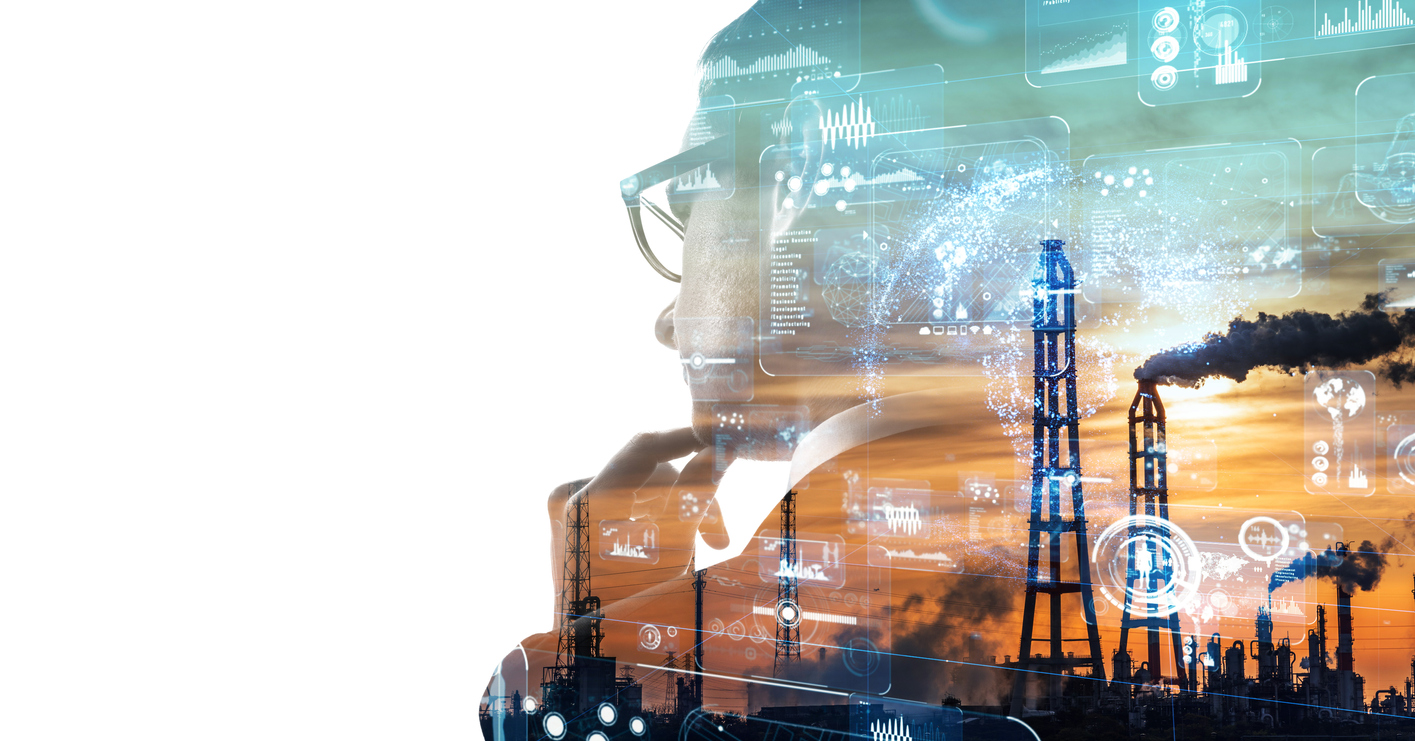The moving parts of critical infrastructure require a special set of surveillance and monitoring techniques that utilize the latest technologies to provide continuous, comprehensive security.
Protecting the critical infrastructure keeps the country and its businesses moving forward is one of the most important jobs in America. And one of the most important components of that job is implementing security and safety measures to ensure that production can run continuously without the risk of injury, breach, or interruption.
Video surveillance tactics are crucial to ensuring the safety of critical infrastructure. Here are six surveillance solutions that provide vital monitoring and security for your organization’s most important sites and functions.
1. IP-based surveillance cameras
Investing in surveillance cameras ensures that the perimeters of your buildings can be continuously monitored and maintain a higher standard of security. Internet Protocol (IP) cameras are digital cameras that can transmit and receive data over an IP network connection.
Aside from data transmission, a big benefit of these cameras is that they can operate on a local network. Different components within these IP surveillance systems can transmit data to one another allowing many different sites to be monitored remotely.
2. Thermal cameras
Thermal imaging cameras and devices detect infrared radiation as light, so they can sense human and animal activity around the perimeter of a building. The detected radiation then appears on a screen as shapes visible to the human eye.
These devices are especially helpful for nighttime activity monitoring when intruders aren’t as visible via normal light. As more organizations worry about the health of their workers, thermal cameras are also useful in screening employees for illness. These devices can detect above-average body temperatures, alerting management to potential risks.
3. Perimeter protection radars
Perimeter protection radar systems are used to monitor critical infrastructure site security. These radar devices detect unidentified individuals who may be trying to enter the premises illegally. Perimeter protection systems use sensors that can detect a range of unwanted activity outside of buildings and boundary areas, alerting teams right away to the existence of a threat. Automated alerts allow the system to trigger preset warnings when a security measure is breached.
4. Remote monitoring solutions for utilities
Adequate perimeter protection is a requirement for monitoring facilities that supply and manage oil, gas, water, and energy. Any disruption within production components can mean major losses to your enterprise.
Video surveillance can be integrated as part of the production systems so safe practices can be maintained and components like pipelines and remote work sites can be monitored continuously.
Sometimes remote sites need sensors and gauges to be assessed visually. The use of remote camera verification devices at these locations allows teams to monitor levels, boundaries, and operations with visually without actually being on the premises.
5. PTZ cameras
Water management and similar facilities have unique threat risks and need substantial boundary protection and surveillance, whether at operation states, reservoirs, or other work sites. Pan-tilt-zoom (PTZ) cameras are one solution common in this industry because they can be operated remotely to zoom in on unknown movements at the site.
PTZ cameras can effectively monitor very large areas and adjust positions to focus on objects that become of interest. You can automate settings so that the camera does much of the work for you and alerts you to any suspicious activity.
6. Access control solutions
Part of your comprehensive security strategy must be ensuring that entrances and exits are always secure. Access control solutions combine technologies within the infrastructure to deny access (including electric and smart locks with embedded cameras) with user-authorization measures (such as access cards and biometric solutions, including fingerprinting, facial recognition, or voice recognition techniques) to make sure unauthorized personnel cannot enter controlled and vulnerable spaces within the facility.
Access control is one of the most crucial parts of ensuring that critical operation sites remain secure from unwanted intruders. Any violation of these systems could bring a variety of problems to the health and safety of the organization and the populations it serves.
Finding the right surveillance solutions with Unisol International
Whether your enterprise is within the transportation, retail, healthcare, or energy industries, critical infrastructure needs continuous surveillance that utilizes the latest features and technologies, including automation and artificial intelligence, to make sure these vital sites remain secure. Critical operations must be secured and protected at all times and against all types of threats.
The IP systems, perimeter protection, and deployable surveillance solutions offered by Unisol International give you the protection and security you need. We understand how important security is in minimizing risks to these critical areas.
We also offer sound detection and mobile access control solutions to enhance your overall enterprise security. Contact Unisol International today to learn more about how we can help your business acquire the pieces, as well as design and install the solutions, that will keep your critical infrastructure safe.
